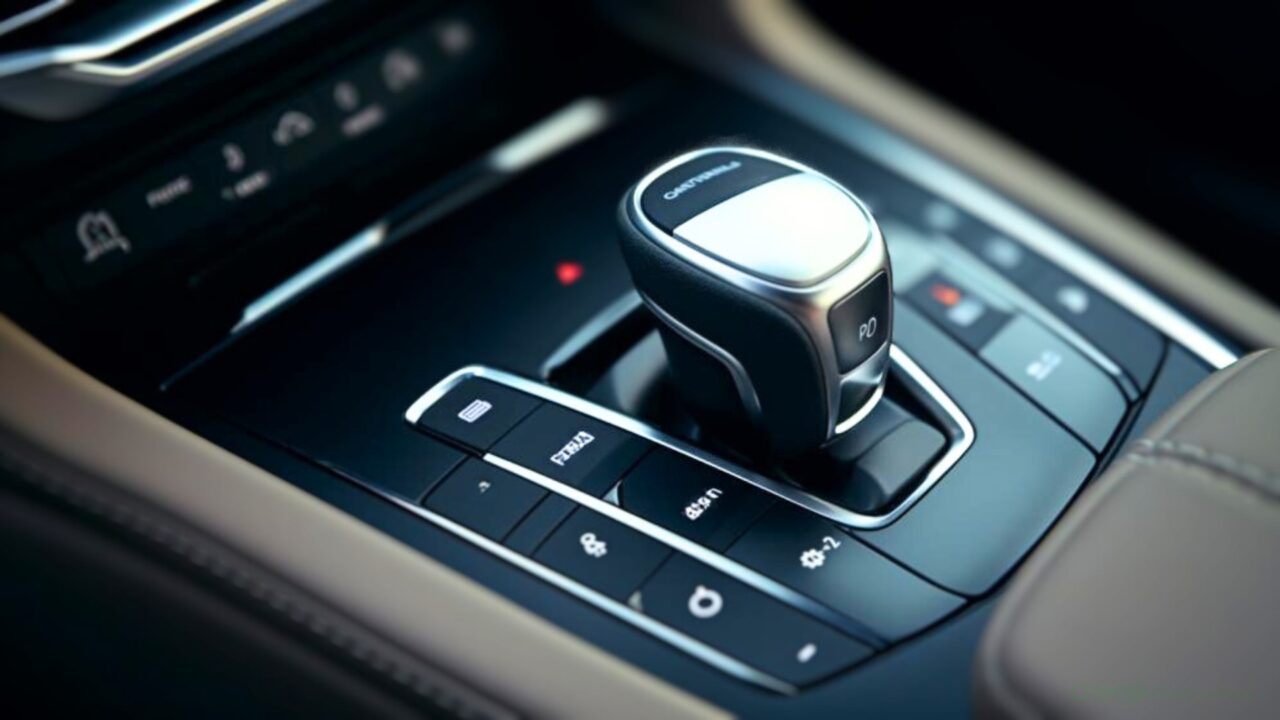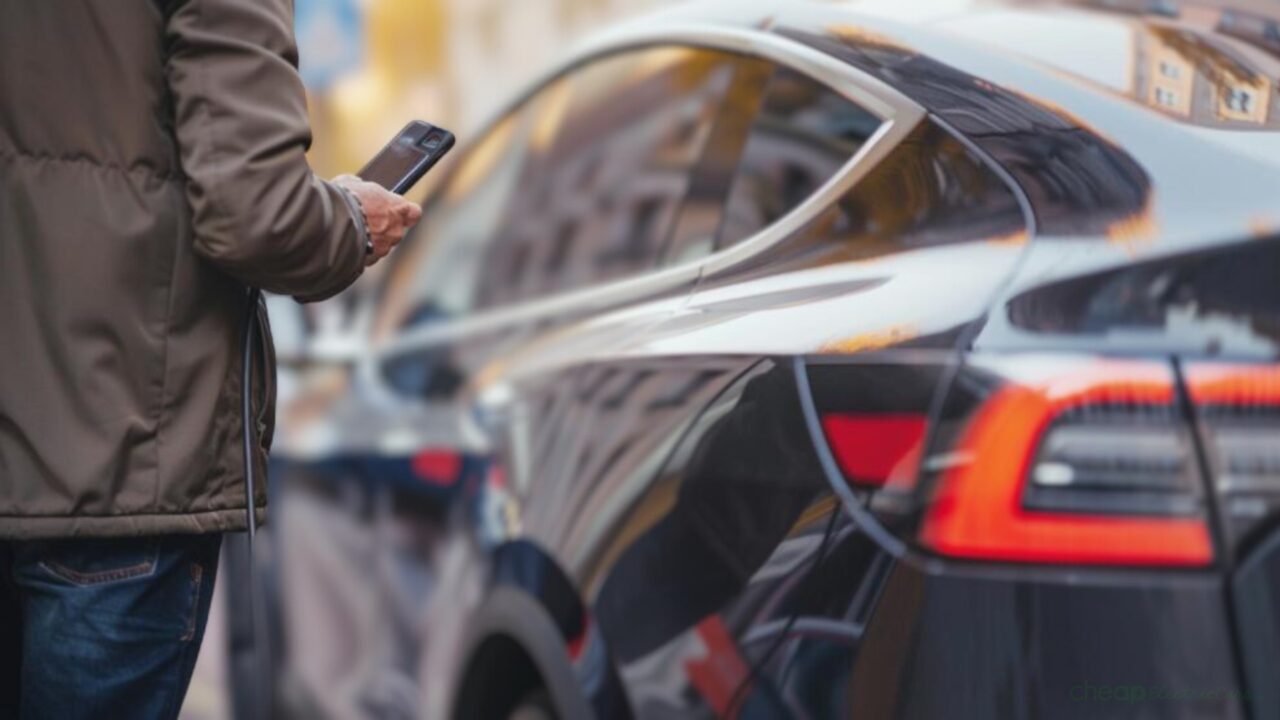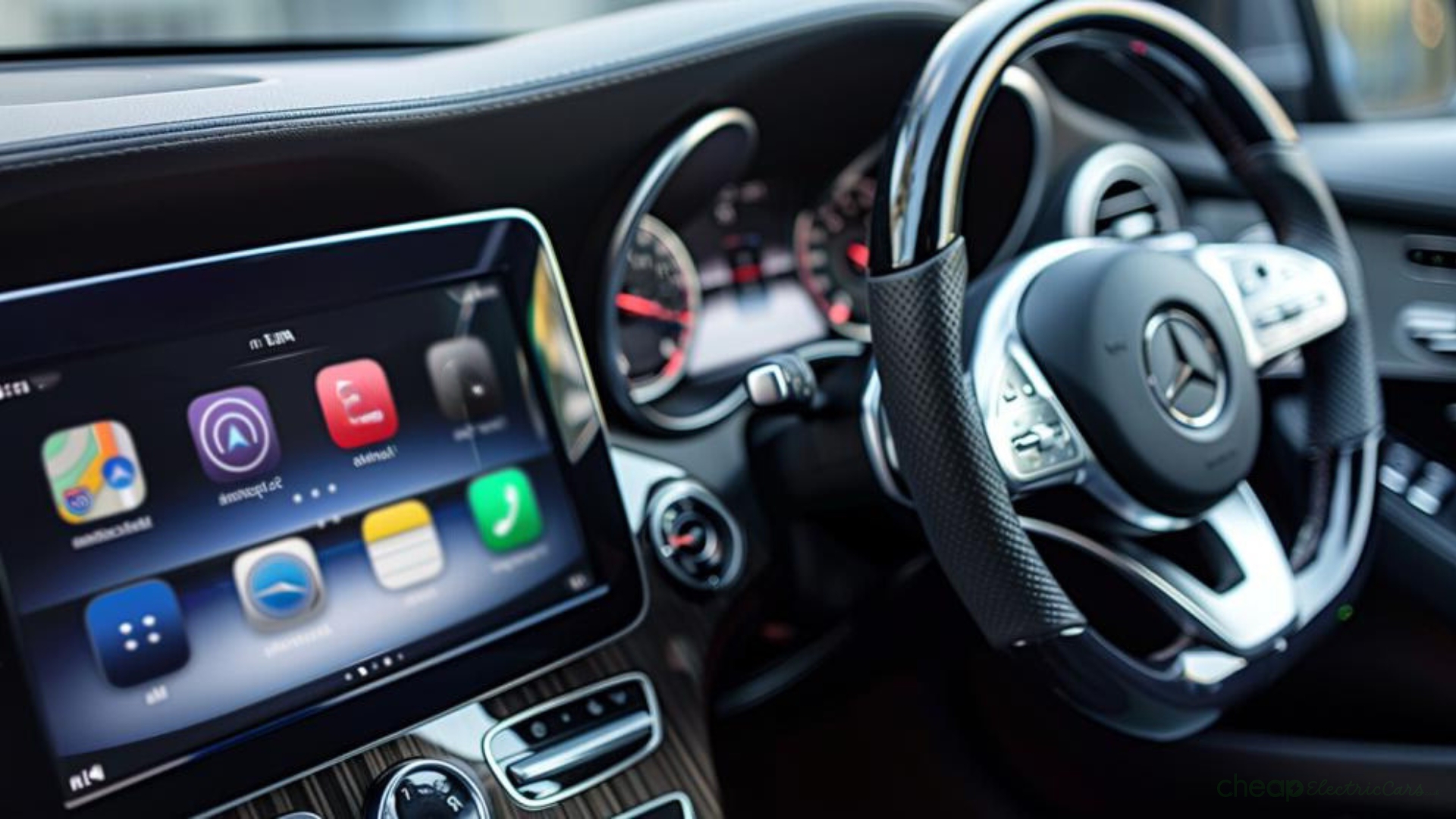Understand the basics of EV driving so you can enjoy the full benefits.
Unlocking Your Electric Vehicle (EV)
Electric cars offer various unlocking options tailored to their model and make:
Key Fobs typically come with most electric vehicles, allowing you to unlock the doors and boot, and sometimes even start the car with the simple press of a button.
Smartphone Apps from many automakers let you unlock and start your car, along with features like checking the charge level and managing climate control.

Keyless Entry systems enable unlocking by touching the door handle when the key fob is in proximity.
Manual Keys are available for emergency situations.
Always refer to your vehicle’s owner’s manual for detailed guidance on these functions.
Setting Up for the Drive
Getting comfortable in an electric vehicle involves a few key adjustments for optimal driving experience:
Seat Adjustments to move the seat forward or backward, and adjust the height and lumbar support to ensure you can comfortably reach the pedals and steering wheel. You can also adjust the heating if you have heated seats and steering wheel.
Steering Wheel adjustments to change the wheel’s height and angle to match your preferred driving posture.
Mirrors can be positioned on the side and rearview mirrors to provide a clear and broad view of the road behind you.

Driving Modes can be selected for the preferred driving modes that suit your style like sport for a more responsive feel or comfort for smoother handling.
Before you drive, spend time to make these adjustments to minimise fatigue and enhance safety. If you encounter difficulties, consult your vehicle’s manual
Navigating the Dashboard and Controls
Reading the Manual helps you begin by thoroughly reading your EV’s manual to understand its features and functionalities. Take the time to explore and experiment with the various controls and settings to see how they affect your EV’s operation.
Adjust the climate control, change the radio, and explore other functions to get a real feel for the systems. If you encounter difficulties, don’t hesitate to consult with the manufacturer, your dealership, or online forums for guidance.
Starting and Operating Your EV
Before starting the car, make sure that the battery is charged, and place your foot on the brake pedal to activate the car. To power on, press the power button to turn on the car. Some electric cars can be started by pressing the brake pedal.
To select drive or reverse, select the “Drive” or “Reverse” position on the gear selector. To start moving, press the accelerator pedal. The car will begin to move forward or backward, as selected in the previous step.
Stopping and Parking
To stop your electric vehicle (EV) effectively, gradually release the accelerator to decelerate.
Firmly press the brake pedal to bring the car to a complete stop. Shift the gear selector into the “Park” position. Turn off the car by pressing the power button or brake pedal, depending on your vehicle’s design.
Maximising Your EV’s Range
Minimise idling and use regenerative braking. Avoid rapid accelerations and excessive use of heating or air conditioning. Use cruise control to maintain steady speeds, and limit the use of power-draining accessories.

Park in shaded areas and plan your routes efficiently. Maintain proper tyre pressure and keep the battery cool to maximise efficiency. Consult your vehicle’s manual for model-specific instructions and additional tips.
Apps for Your Electric Vehicle
When you get a new EV, it’s a smart idea to download multiple apps, as different apps have various uses.
It’s always good to cover your bases. Start with the obvious recommendations, such as an app that connects with the manufacturer of your car, for valuable information and updates.
Also, get a charging app for when you’re on the go, plus an app that can help you plan your journey ahead of time, which is particularly useful for any longer trips. You can check out our page here to help.
Charging
Charging an electric vehicle (EV) is straightforward and can be performed using several methods:
Home Chargers are the most convenient method, allowing overnight charging in your own garage or driveway.
Public Charging networks, for on-the-go charging. Numerous public stations are available at locations like shopping centres and rest areas.
Slow Charging using a standard 110-volt outlet is possible but charging time is significantly slower than other methods.
Charging Port Location: Typically found near the front grille or rear wheel well similar to where a petrol flap might be, the port is not always marked clearly and will be covered for protection.
Types of Charging Plugs in the UK:
UK Three Pin Plug: Offers a slow charging rate with a 2.3-3 kW AC power rating. These provide up to 12 miles of range per 30 minutes with a 3-7 kW AC rating.
Type 2 Plug: The standard across Europe, capable of around 75 miles per 30 minutes, available in single or three-phase systems. The Type 2 Plug has a power rating of 3-42 kW AC. It has an in-built locking mechanism when connected to the power supply. Tesla has a 120 kW DC version of the Type 2 connector.
CCS Plug: The most versatile rapid charger, expected to become more prevalent, supporting 50-350 kW DC power. The Combined Charging System (CCS) Plug provides approximately 85-200 miles of range per 30 minutes of charging and is likely to become the most popular DC connector standard. It enables a higher power rating to support larger ultra-rapid chargers.
CHAdeMO Plug: A rapid charging option offering about 85 miles of range per 30 minutes. It has a power rating of 50 kW DC and is an older type of charging cable connector for rapid charging.
Always check your owner’s manual for specific charging instructions and compatibility to ensure optimal charging practices.

The electric vehicle (EV) charging port is typically located on the front or side of the car, near the front grille or the front wheel well. The exact location may vary depending on the make and model of the EV, but it is usually clearly marked with a charging symbol. The charging port is usually covered by a flap or a door that opens to reveal the charging port itself, which is where you’ll plug in the charging cord.
Once you’ve located the charging port, simply open the flap or door, insert the charging cord, and close the flap or door. Then, plug the other end of the charging cord into the charging station or wall outlet, as appropriate.
Find out more about the best EVs available here.
